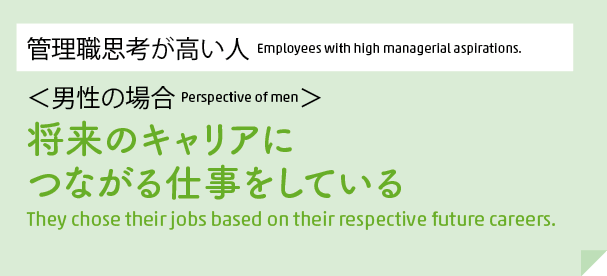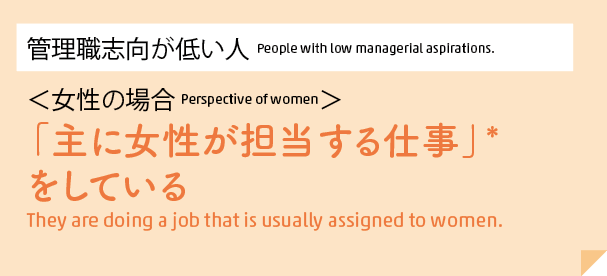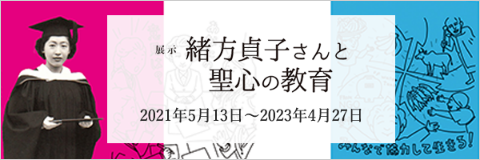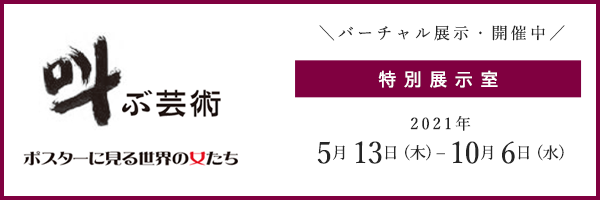学生のみなさんは親とは異なる時代を生きるStudents today live in different times compared to their parents.
今から30年前の1990年と現代、人々の生き方も社会も大きく変わりました。
だからこそ、社会の構造を知り、自分に力をつけ、新しい社会を作っていく必要があります。
In the last 30 years, society in general and the way people lived has changed significantly.
To facilitate the constant development of a new society, we need to understand the current social structure and empower ourselves.

2020年 男性81.4歳 女性87.5歳へ。

2020年 男性26.7% 女性17.5%へ。

人口2700万人減、1億人割れ予測
どのくらい?Can you imagine 27 million people?
人口とほぼ同じIt is almost the same as the entire population of Australia.

年功賃金、長期雇用。
定年まで同じ会社で働く時代の終わり
- 1)生涯未婚率とは、50 歳時点で1 度も結婚をしたことのない人の割合。
- 2)2020 年及び2053 年時点のデータはいずれも推計値(令和元年版『高齢社会白書』、平成30 年版『少子化社会対策白書』)










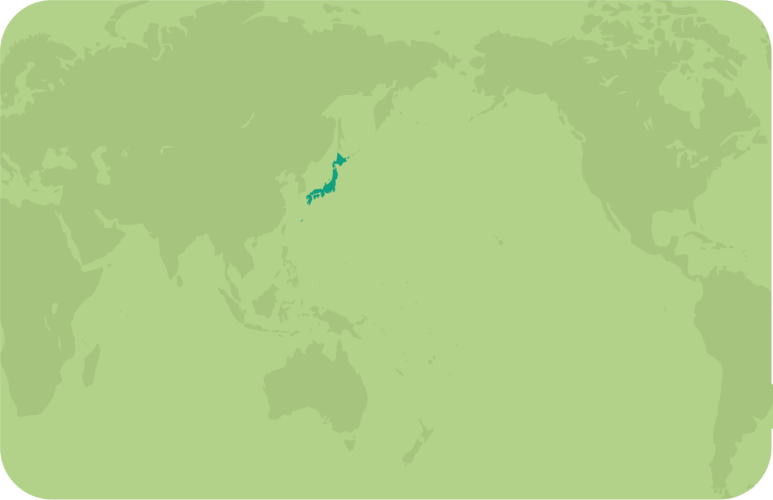

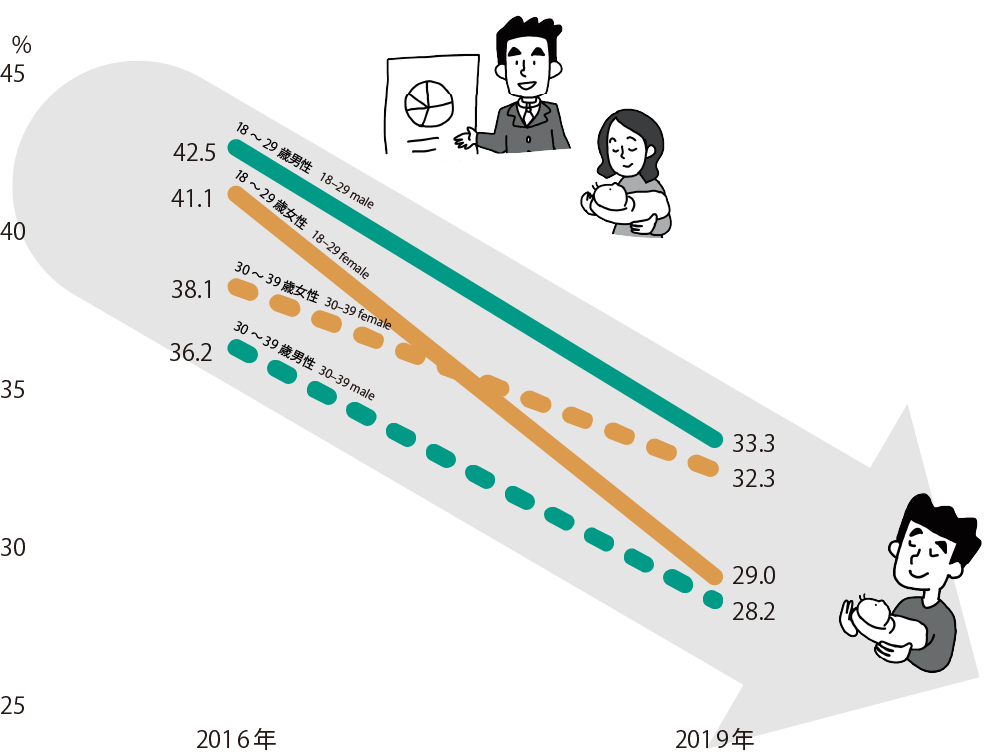
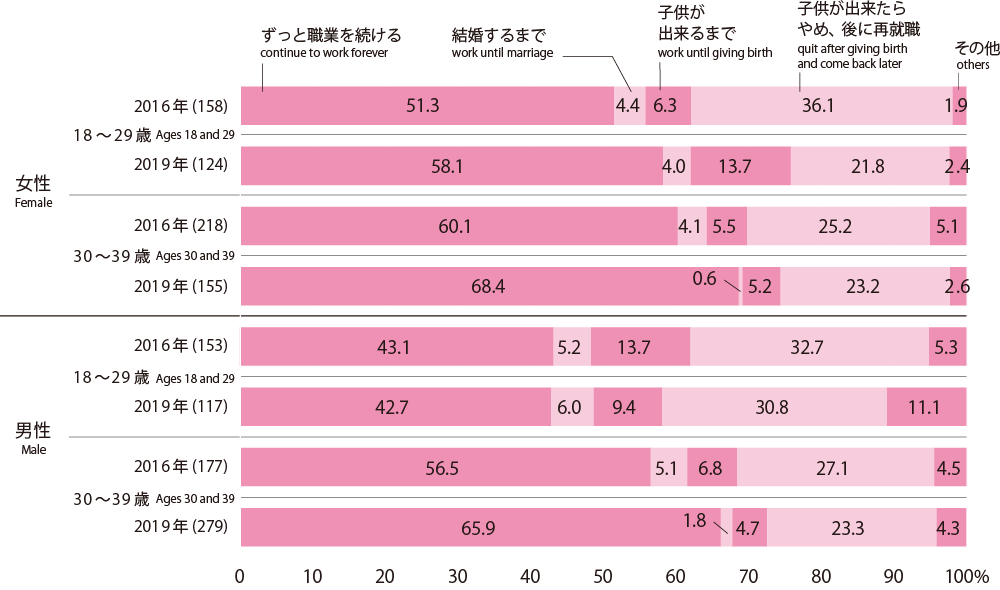
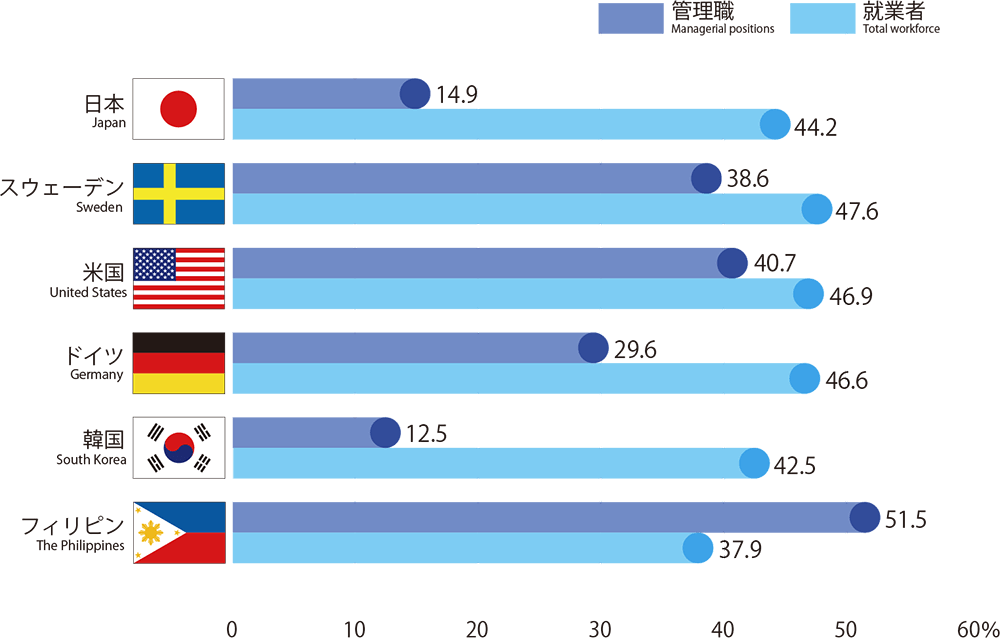
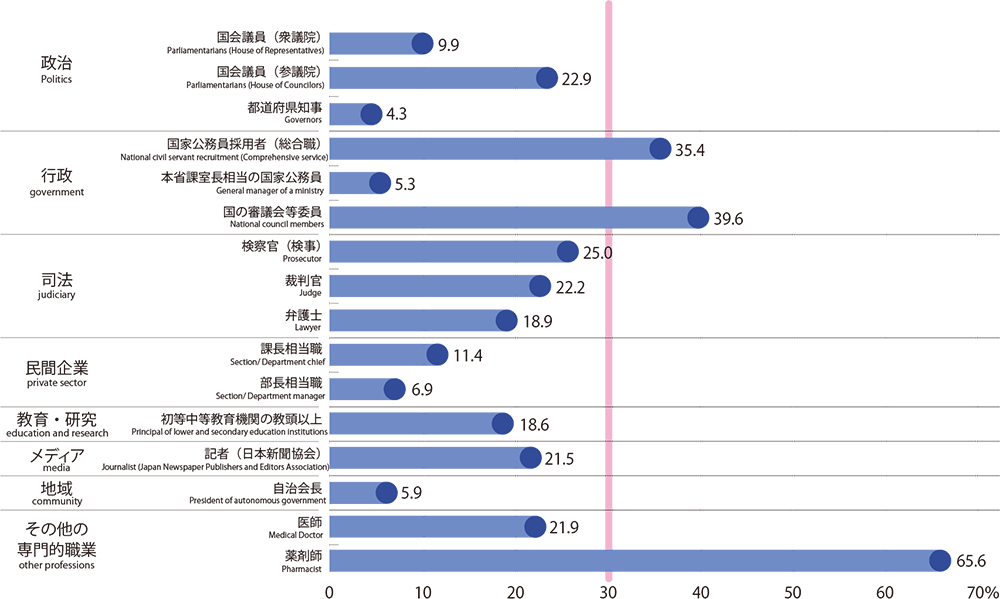
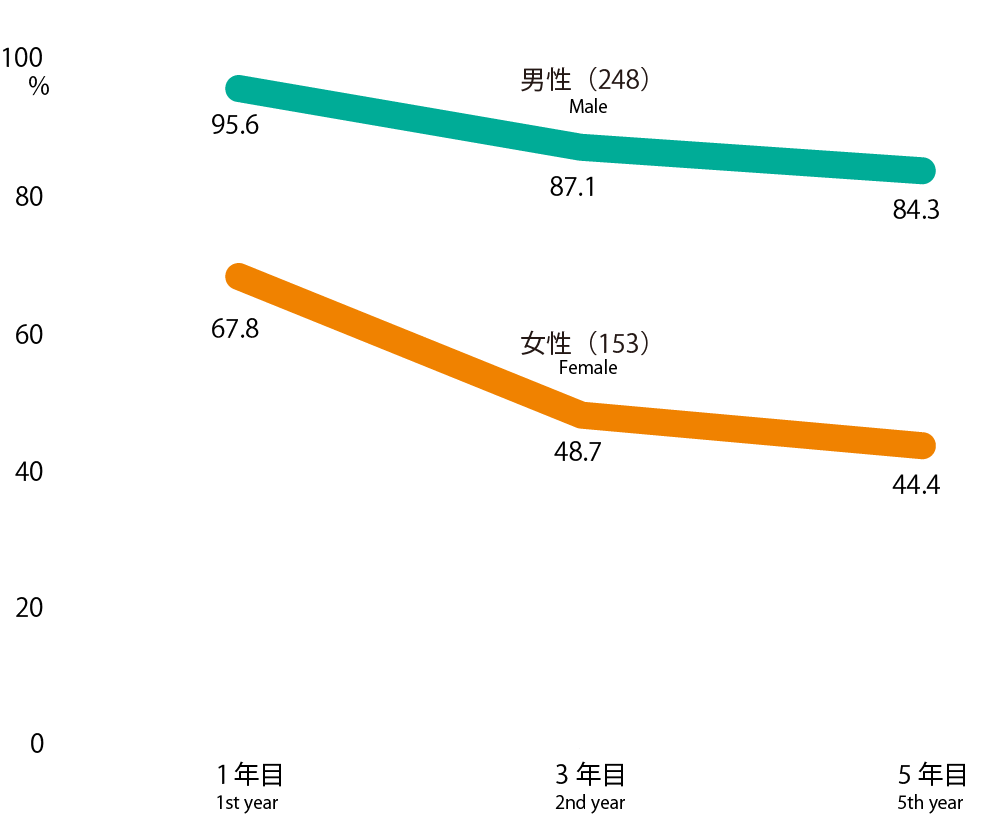

 実は、管理職志向には、職場の要因が影響していることがわかりました。
実は、管理職志向には、職場の要因が影響していることがわかりました。